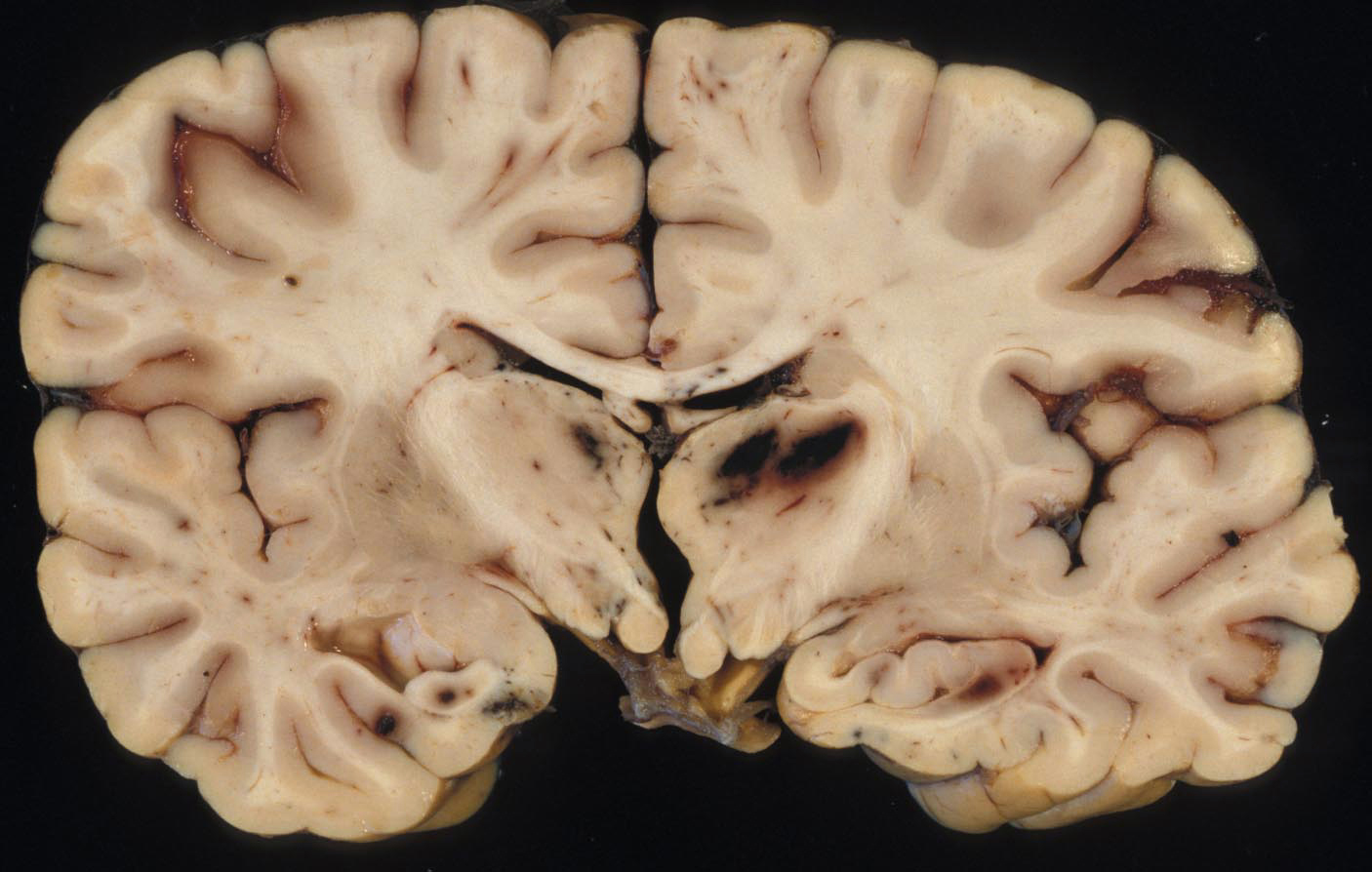
Trauma lay summaries
- BRAIN UK Ref: 23/007 – A post-mortem study of progenitor cells and the injury response following severe traumatic brain injuryDespite devastating consequences of a head injury, little progress has been made in developing therapies that protect from or reverse it. We are conducting research in the lab to improve the outcome of people with a head injury… Read more
- BRAIN UK Ref: 17/010 – Characterisation of neuropathy and immune response following traumatic brain injury in childrenThe brain has an immune system made up of a number of different cells. It is mainly controlled by cells called microglia. These cells are central to how the brain responds to infection and injury. After a traumatic brain injury… Read more
- BRAIN UK Ref: 16/004 – Neuropathological Characterization of ‘CTE’Traumatic brain injury (TBI) causes unexplained brain disease, which gets worse over time (called degeneration). This contributes to 5-10% of all dementia cases. This is a problem because we don’t have a way of defining this… Read more
- BRAIN UK Ref: 15/019 – Chronic traumatic encephalopathy (CTE) pathology in the brains of boxersDementia pugilistica or “punchdrunk syndrome” is a neurodegenerative disease associated with the repetitive traumatic brain injuries which occur in boxing. Patients present with behavioural changes, aggression, and ultimately… Read more
- BRAIN UK Ref: 14/011 – Molecular and conformational signature of chronic traumatic encephalopathyThe main goal of this BRAIN UK Project is to study CTE specimens either from distant archive (e.g., the Corsellis collection) or from currently available tissue across the UK… Read more
- BRAIN UK Ref: 13/008 – A post mortem study of progenitor cells following severe traumatic brain injuryThe impact of Traumatic Brain Injury (TBI) on both society and the individual is high. There is currently no specific treatment available for TBI other than supportive care, but… Read more
- BRAIN UK Ref: 12/008 – Protein conformation changes in chronic traumatic encephalopathy and other tauopathiesLay summary not available.
